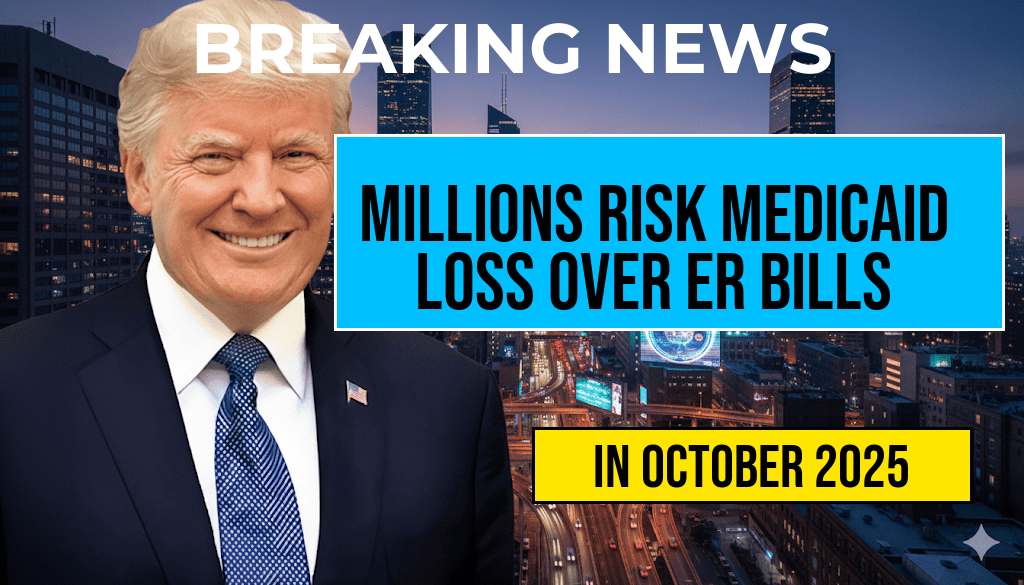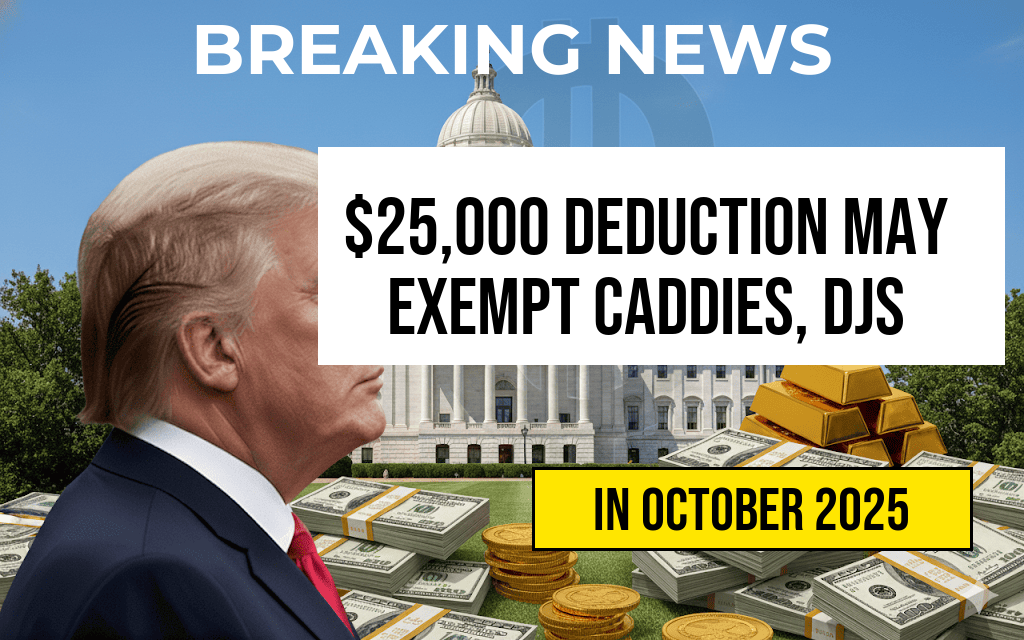The federal government has implemented a new cap on student loans for medical and legal professionals, setting annual borrowing limits at $50,000 with a total cap of $200,000 by the year 2026. This decision, aimed at addressing rising educational costs and ensuring manageable debt levels for graduates, will significantly impact the financial landscape for upcoming doctors and lawyers. The policy shift reflects an ongoing effort to balance educational funding with the realities of student debt, which has become a growing concern across the country. As these professionals often graduate with substantial debt, the new limits are expected to provide some relief while also encouraging responsible borrowing practices.
Details of the New Loan Cap
The new regulation stipulates that the maximum amount a student can borrow annually will be capped at $50,000. This cap is designed to help students manage their finances more effectively during and after their educational journeys. By 2026, students will not be allowed to accumulate more than $200,000 in federal student loans, a move that aims to alleviate the burden of excessive debt.
Reasons Behind the Change
The rising costs of education in the fields of medicine and law have prompted concerns among policymakers and educators alike. Many graduates are entering their professions with debt levels that can hinder their financial stability and career choices. The Department of Education has cited studies indicating that high debt levels lead to delayed homeownership, reduced retirement savings, and difficulty in pursuing further education.
Impact on Students and Professionals
- Financial Relief: The loan cap is expected to provide significant relief for new graduates, allowing them to enter their professions without the overwhelming burden of debt that often accompanies higher education.
- Encouragement of Responsible Borrowing: The new limits may encourage students to make more informed decisions regarding their education financing, potentially leading to a decrease in the overall student debt crisis.
- Market Adjustments: Educational institutions may need to adjust their tuition rates and financial aid offerings in response to the cap, which could lead to changes in how programs are structured.
Future Considerations
With the implementation of this loan cap, both medical and legal schools will need to adapt to the new financial landscape. Institutions may be encouraged to explore alternative funding sources, such as scholarships and grants, to ensure that they can still attract and support talented students. Additionally, the cap may lead to a reassessment of how these professions are viewed in terms of financial viability, potentially attracting a more diverse range of applicants.
Expert Opinions
Educational experts have voiced mixed reactions to the new loan limits. Some argue that while the cap is a step in the right direction, it may not be sufficient to address the broader issues of rising tuition costs and the overall student debt crisis. Others believe it represents a meaningful move towards a more sustainable educational funding model.
| Year | Annual Loan Limit | Total Loan Cap |
|---|---|---|
| 2023 | $50,000 | $200,000 |
| 2024 | $50,000 | $200,000 |
| 2025 | $50,000 | $200,000 |
| 2026 | $50,000 | $200,000 |
Next Steps for Borrowers
Students and recent graduates should take proactive steps to understand the implications of the new loan limits. Financial literacy programs can provide valuable insights into budgeting and debt management, while counseling services at educational institutions can help students navigate their financing options. As the landscape evolves, staying informed about changes in federal policies and available resources will be crucial for future professionals.
For more information on federal student loans, visit ED.gov or check out the latest updates from Forbes.
Frequently Asked Questions
What is the annual cap for federal loans for doctors and lawyers?
The annual cap for federal loans for doctors and lawyers is set at $50,000.
What is the maximum loan amount a doctor or lawyer can borrow by 2026?
The maximum loan amount that doctors and lawyers can borrow by 2026 is $200,000.
How does the federal loan cap impact medical and law students?
The federal loan cap limits the amount of money that medical and law students can borrow annually, which may affect their ability to finance their education.
When will the new loan caps take effect?
The new loan caps for doctors and lawyers are set to take effect immediately, with the $200,000 maximum applicable by 2026.
Are there any exceptions to the loan cap for specific fields of study?
No specific exceptions have been mentioned; the $50,000 annual cap applies uniformly to all doctors and lawyers under the federal loan program.






